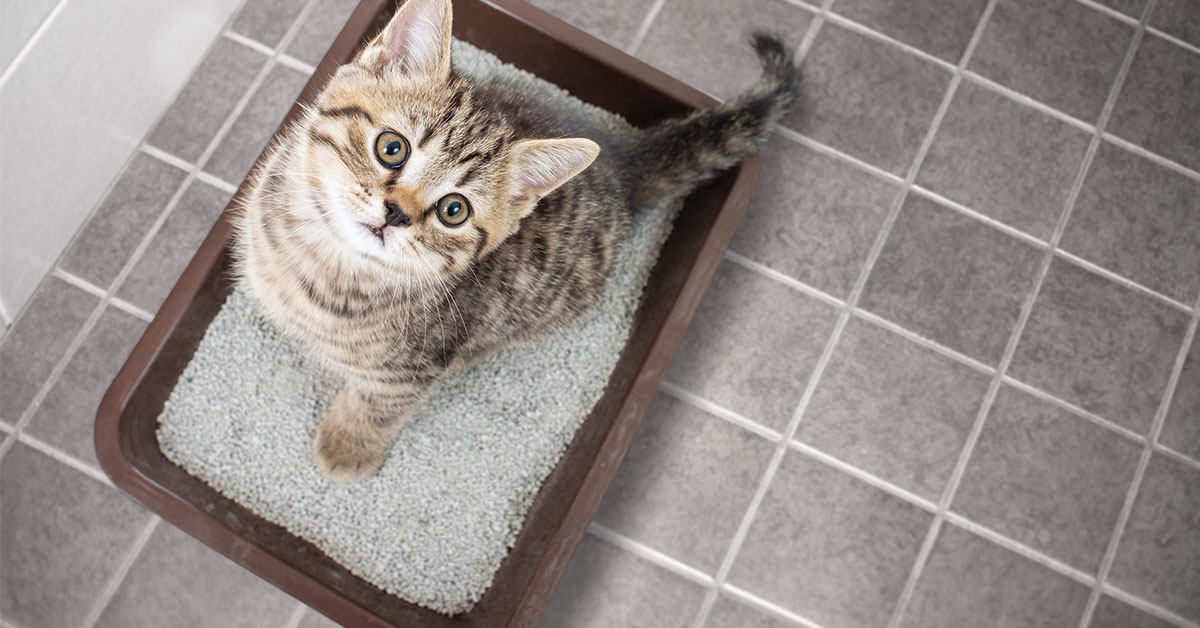In addition to offering comprehensive, after-hours care for your cats, we also want to help you set great habits at home. Most cats surrendered to shelters every year are done so because of perceived behavior problems—primarily house soiling. And, most of the cats surrendered will be euthanized.
It doesn’t have to be this way. Cats never eliminate outside their litter boxes out of spite. There is always an underlying medical or environmental issue at hand, and it’s important to let your veterinary health care team know if your cat has developed issues with her litter box.
Here are a few litter box training tips to get your cat going in the right place again.
- Do your research.
Is your cat marking/spraying? Or is your cat urinating? There is a difference. If your cat is standing upright and eliminating a small amount on vertical surfaces, she is marking/spraying. If she’s squatting and eliminating a larger amount on horizontal surfaces, she’s urinating. You won’t be able to effectively handle the problem if you don’t know what the problem is. - Give her some privacy.
Keep the litter box away from high-traffic and noisy areas in the home. - Keep it clean.
Remove waste from the litter box every day, and wash the box at least monthly. - Make it convenient.
If you live in a multi-level home, keep one litter box on each level. It wouldn’t hurt to have two litter boxes in separate locations for a single cat, and consider having at least one more litter box than the total number of cats in your household. - Keep food and water separate.
Cats don’t like to use the bathroom close to where they eat. - Put it where she wants it.
If your cat seems to be favoring one specific spot in your home, try moving the litter box to that spot. Once she begins to use the box there, you can gradually move it to your preferred spot. - The bigger the better.
The litter box should be at least 1.5 times the length of the cat, and the depth of the litter should be at least 1.25 inches. - Use pheromones, not scented litter.
Plug in a Feliway diffuser near the box, and use a fine, unscented, sand-like litter, nothing scented or deodorized.
If your cat is having litter box problems and these tips don’t help, call our office.


